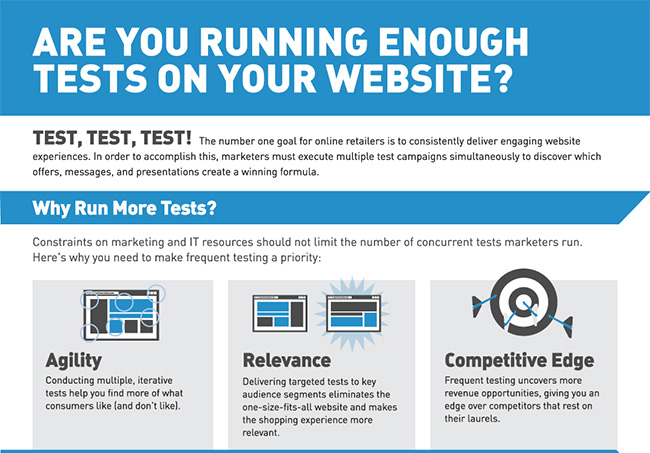Conversion analytics: A Jungle survival guide
What is conversion analytics?
Basically, conversion analytics is a technological digital marketing strategy designed to increase the number of actions completed by your website visitors. These actions could include anything from making a purchase or leaving their details with you, to phoning you for a quote or commenting on your blog.
How does it work?
It’s all based on the collection and analysis of online data. And although the likes of Google Analytics can provide data by the bucketful, what you need is the commercial insights into what that data means and the ability to execute changes quickly to capitalise on that insight. That’s where the benefits of employing the services of a reputable and experienced digital marketing company cannot be ignored.
A digital marketing agency will compile a report on your current conversion rates for visitors from a range of different organic and paid-for sources, including links from other sites. Some can even use innovative online technology to analyse exactly where your website visitors move their mouse and precisely what they click on.
And using all this data, they can scientifically calculate the most optimal landing page for each different search term, keyword and type of visitor, helping you to make the most from each visit.
Customer surveys, in the form of exit questionnaires, can be used to amass important information from site customers and find out details of why they didn’t make a purchase and the likelihood of them returning. Sophisticated industry software is also available, capable of tracking phone calls that come into your company as a result of the customer reading a page on your website.
Your digital marketing agency will use everything they learn on an ongoing basis to make recommendations on how to optimise the effectiveness of your website. They will test, test and test again, constantly reassessing and making further recommendations on tweaking and adapting your website content to maintain peak optimisation.
Market size/Industry trends
Conversion analytics is a massive industry and one growing by the second. Any business that wants to not just survive, but thrive, in the dog-eat-dog world of the digital marketplace needs this tool at their disposal to ensure optimal performance of their website.
In the early days of conversion analytics, businesses typically tested their conversion rates between 1 and 5 times a month. Which, you don’t have to be a mathematics genius to figure out, equates to around just once a week.
Today, with the onset of cloud-based technology and Concurrent Live Campaigns (CLICs), it’s a very different story. The most successful companies (i.e. those happy with their conversion rates) do an average of some 48 tests each and every day.
So, what are they testing? Our friends at Monetate have put together the following infographic to show the things that people test most frequently to improve response.
Advantages of conversion analytics
Investing in conversion analytics is considered a must for any seriously minded web based business. And the advantages are simple – increased profitability, an improved customer experience and an impressive ROI that allows you to plough more money back into bringing even more new customers to your site.
Disadvantages of conversion analytics
This is no quick fix. Research shows that in terms of SEO ranking, more and more weight is being given to things like site design and navigation, the frequency at which the site is updated and the amount the site is shared on social media networks, but the importance placed on individual factors changes weekly.
Glossary
We thought this bite-sized glossary of keywords and phrases might prove useful.
- Cost per action (CPA):
- Price paid for a specific action, such as printing a coupon, entering a prize draw, signing up for a newsletter, completing a survey etc.
- Eye tracking:
- A research method that determines the part of an advertisement/ website views, by tracking the pattern of the mouse and therefore their eye movements.
- Google Analytics:
- A free web analytics tool offering detailed visitor statistics that can be used to track behavior like page views, pages per visit, bounce rates and average time on site.
- Landing page:
- A dedicated webpage which people are directed to once they click on an online advertisement or natural search listing.
- Mouseover:
- Tactic where hovering the mouse over a graphic link or text displays something new on the page, such as a horizontal navigation bar which, when hovered over, displays further sub-section choices.
- Repeat visitor:
- An individual or browser who accesses a website/ webpage more than once over a specified period of time.
- Split testing:
- Classic direct marketing tactic, now adopted by digital marketing campaigns, where a baseline control sample is compared to a variety of single-variable test samples in order to improve response rates.
- Unique visitors:
- A count of individual users who have accessed a website identified by computer IP address.
- Usability:
- How user-friendly a website is in terms of navigation and performing an action or task through the user interface.
Useful Links
http://www.seomoz.org
http://searchengineland.com/
http://www.mashable.com
http://www.sempo.org
http://searchenginewatch.com/

